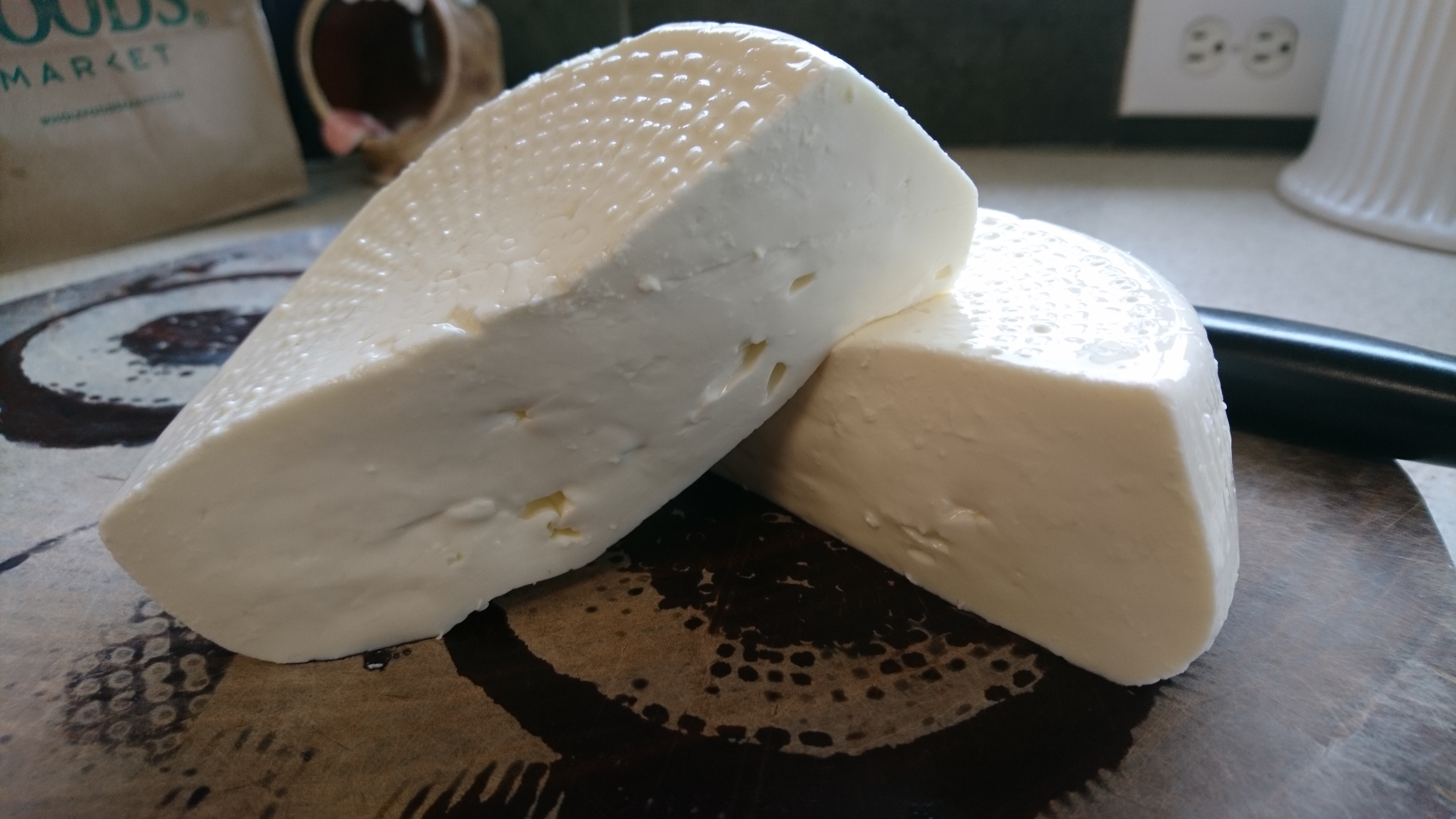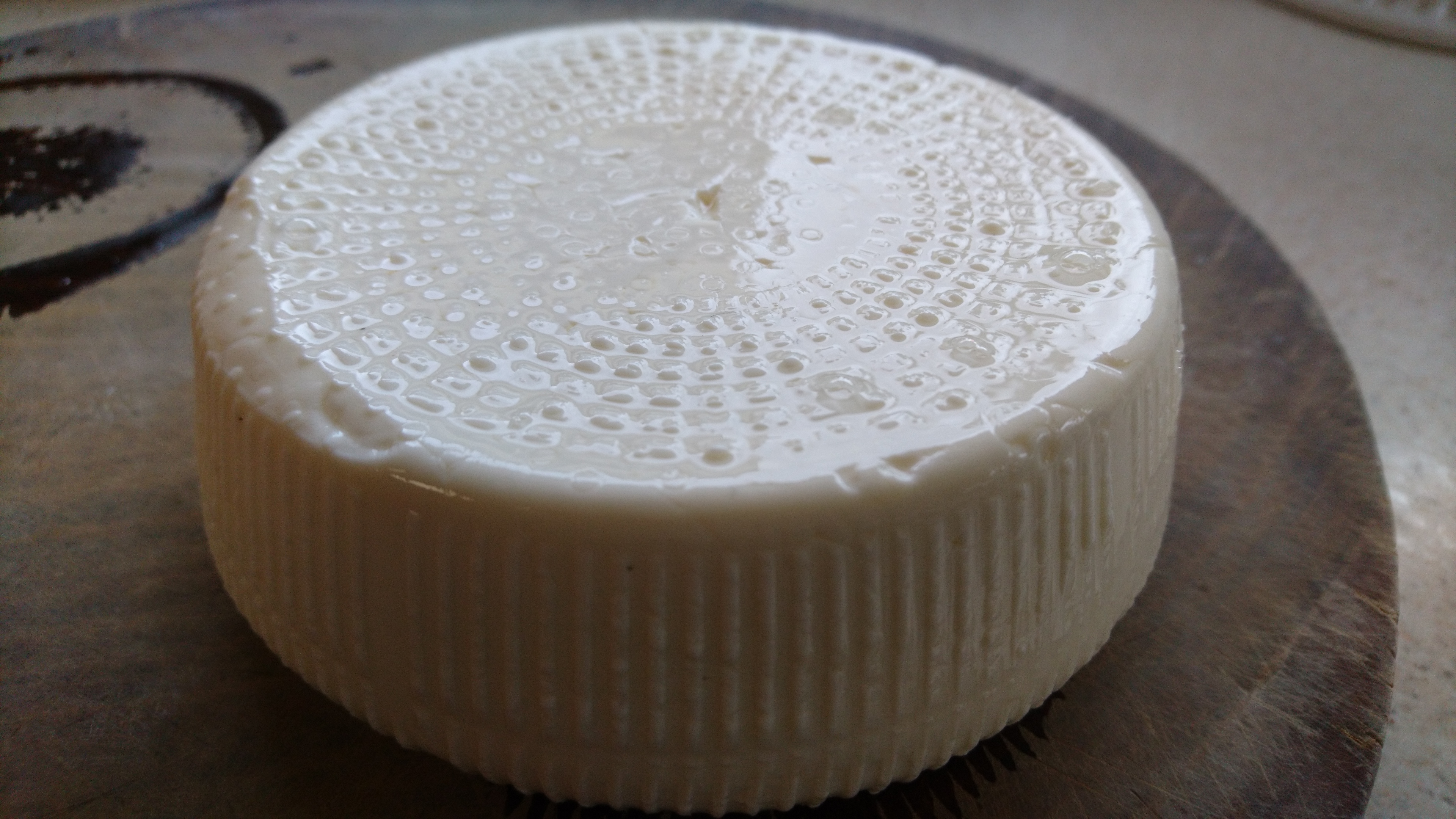make some cresenza put it on pasta
So we're into the sixth week of isolation, and you've already mastered sourdough. What's next? Well, making your own cheese, of course!
While many cheeses like cheddar or brie require special aging environments, there's several cheeses that either require no aging at all, or can be aged in a household fridge. The obvious one to start with is ricotta, which is probably the easiest cheese there is and has the benefit of being worlds better fresh-made than from a store. But after you've done that, what's next?
Well, in Italy we were introduced to crescenza (aka stracchino), which is a very young, soft-curd cheese ideal for melting over pasta. Because it's a young cheese with a short shelf-life, it's really really hard to find for sale in the US. It also goes great with a lot of veggies that are in season right now, like asparagus, fiddleheads, and agretti. It doesn't require special cheese cultures you need to mail-order, and you can "age" it in the fridge. So let's make some!
The below is based on a recipe from Ricki Carroll's Home Cheesemaking, a book I heartily recommend to anyone interested in getting started with making cheese.
crescenza cheese
1 gallon of milk
1/4 tsp calcium chloride (if milk is pasteurized)
1 Tbs fine salt
2-3 oz live culture yogurt, Bulgarian or Russian style
1/8 tsp liquid rennet or 1/4 rennet tablet
non-chlorinated water
equipment: large pot, large spoon, long knife, instand-read thermometer, 2 cylindrical cheese molds (but see note), 2 cheese mats (but see note)
Slowly heat the milk up to 100F/38C. If using, dilute the calcium chloride in 1/4 cup water and add. Stir in the salt, then the yogurt. Cover and keep at 100F for 30-45 min.
Dilute the rennet in 1/4 cup water, and stir in for 30 seconds. Cover and let sit (keeping at 100F) for another 60 minutes, at which point the curd should give a clean break. Cut the curd into 3-inch cubes and let "heal" for 30 min. Cut the curds in quarters, and carefully and gently stir them around. Cover, let sit 5 minutes, and stir them again. Do this twice more.
The curds should sink; spoon off most of the whey from the top. Ladle the curds into the two molds, trying to distribute them evenly. Place the mat across the top of each mold and flip it over. Let them drain for an hour, then flip them back over, and then do this twice more (3 hours total). Finally, let the cheeses rest in the molds for at least 4 hours, ideally 8, and preferably in a room that's between 72F and 78F.
Remove the cheeses from the molds, carefully because they will be very delicate and soft. Put them on the mats in a big tupperware and put it in the fridge. Let age for 3-5 days, periodically taking them out and draining out any excess liquid.
Once you're ready, you can put the cheese on pasta, although it's equally good on bread.
Note: the yogurt really needs to be Bulgarian or Russian style, because those contain some different cultures (Y-1 yogurt culture) from other yogurts. On the West Coast, I recommend Pavel's brand.
Equipment Substitution: you can also use ricotta molds for this cheese. If you don't have cheese molds at all, get two empty 1qt yogurt tubs and punch a few 1/8" holes in them at different levels, four holes in the bottom and 12 holes around the outside. For cheese draining mats, you can use sushi rolling mats, or a relatively tight-mesh cooling rack, or basically anything that forms a tight mesh and can be sterilized.

pasta with crescenza, fiddleheads, and asparagus
1 lbs short, ruffly pasta (campanelle, farfalle, torchietti, garganelle, etc.)
12 oz cresenza cheese
10-12oz skinny asparagus, stemmed and cut into 2-inch pieces
8-12 oz fiddleheads
small bunch chives, minced, about 3 Tbs
salt
black pepper
Boil a 4-6qt pot full of salted water. Blanch the asparagus and fiddleheads, together, for about 2-3 minutes. Drain and put in a big bowl. Top with the chives and the crescenza cheese, diced small or pinched into small blobs.
Cook the pasta (you can use the same water from the blanching) until al dente. Drain, reserving 1 cup pasta water. While still very hot, toss the pasta with the cheese and veggies. Add pasta water as needed to make it creamy. Salt and pepper to your taste, and optionally drizzle with olive oil. Serves 4.
Note: you'll notice that this is essentially the same recipe as the taleggio pasta

